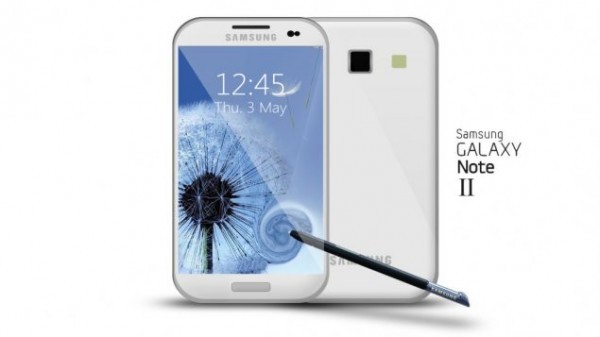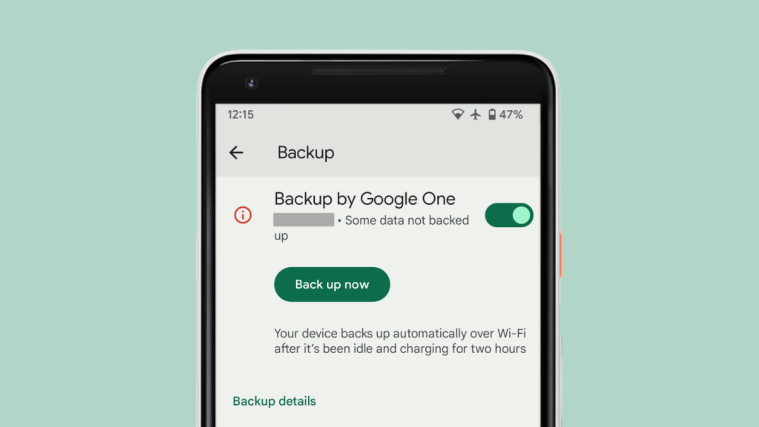An over the air update is rolling out to the Galaxy Note 2 LTE in Singapore, carrying the build number XXALJ5, according to darrensnake in the Hardware Zone Singapore forums who received the update on his device this morning.
The update reportedly fixes a network issue that has been plaguing the Galaxy Note 2 sold in the country, and apparently also improves browsing speed. While the latter may not be too important as the Note 2 is quite a powerful device, the network issue getting fixed will enable users to enjoy data connectivity without interruptions.
Not everyone has received the update, which is 18.8 MB in size, but it should start popping up on devices as the day goes on. For those who don’t want to wait for it to show up, we have created a guide that will help you flash the new updated firmware on your Note 2 manually.
Keep in mind that manually updating is completely safe, and will not void your warranty or increase the flash counter on the device, as it is an official firmware. However, if you happen to be on a custom ROM, you might need to wipe data (installed apps and data only, not SD card files) to make the firmware boot up, but the data can be backed up and restored if needed.
Let’s take a look at how the XXALJ5 update can be installed on the Galaxy Note 2 LTE.
Compatibility
This hack and the guide below are compatible only and only with the Galaxy Note 2 LTE, model number N7105. It’s not compatible with the US variants or other devices. Check your device’s model number in: Settings » About phone.
Warning!
The methods and procedures discussed here are considered risky and you should not attempt anything if you don’t know completely what it is. If any damage occurs to your device, we won’t be held liable.
How to Update Galaxy Note 2 LTE to XXALJ5 Firmware
- [Important] If you flash this firmware over a custom ROM, you might need to wipe the data on the phone to make the firmware boot up properly. Hence, to be sure you do not lose any data, backup your Apps and important data — bookmarks, contacts, SMS, APNs (internet settings), etc. This Android backup guide would help you. The SD card contents are always safe, so there is no need to back up those. Only backup apps and personal data.
NOTE: Don’t forget to at least note down your network’s APN settings, which are required to make mobile data work. Go into Settings » More » Mobile Networks, click on the APN that is in use, then note down the setting for each field. While APN settings should be automatically restored from network, you can enter them manually if needed to make mobile data work. You can also find your APN details → here. - Download and install the software Kies on your computer, which will install the necessary drivers for the phone.
Download Kies
You can also download the drivers directly — download from here: 32 bit (x86) Windows | 64-bit (x64) Windows - Download the firmware. There is a separate file for SingTel and StarHub, download the proper one according to the carrier you bought your Note 2 from.
Download – SingTel | Download – StarHub - Extract the file downloaded in step 3 on the computer to obtain a file named N7105XXALJ5_N7105OLBALJ1_N7105DXALJ1_HOME.tar.md5 (the file name may end at .tar, which is normal). The extracted file will have the same name for both carrier’s firmware.
- Download Odin. If you are new to this, Odin is a Samsung program used to flash stuff – firmware, kernels, etc. – on Samsung phones. We’ll use Odin to flash the firmware file obtained in step 4.
Download Odin3 v3.04 | Filename: Odin3_v3.04.zip - Extract the contents of the Odin3_v3.04.zip file to a folder on your computer.
- Now, turn off your Galaxy Note 2 and wait for it to shut down completely.
- Then, put the phone into download mode. To do so, press and hold these keys together: Volume Down + Home + Power till the phone turns on and shows a Warning!! screen. Then press Volume Up to enter download mode.
- Open Odin by double-clicking on the Odin3 v3.04.exe file obtained in step 6 after extracting Odin3_v3.04.zip.
- Important! Connect your phone to PC now. You should get the message “Added !!” under Odin’s message box in the bottom left.
- If you don’t get this message, make sure you installed drivers correctly (using Kies or directly) as given in step 2. If it still doesn’t work, try changing to another USB port on the computer and also use the USB ports on the back if you have a desktop PC.
- Click on the PDA button in Odin, then browse to and select the N7105XXALJ5_N7105OLBALJ1_N7105DXALJ1_HOME.tar.md5 file obtained in step 4 above.
- Important! Do not make any other changes in Odin except selecting the required files as given in step 11. Leave all other options as they are. Make sure Re-Partition check box is not selected.
- Now, make sure you took a backup as explained in step 1 before continuing, then click the Start button in Odin to start flashing the firmware on your phone. When the flashing is complete and is successful, you’ll get a PASS message (with green background) in the left-most box at the very top of the Odin, and the phone will automatically reboot. When you see the Samsung logo, you can safely unplug the cable.
- What do if Odin gets stuck or doesn’t do anything: If ODIN gets stuck on setup connection or at any stage of this process after you’ve hit the Start button, and doesn’t seem to be doing anything, or if upon completion of the process you get a FAIL message (with red background) in ODIN, do this: disconnect the phone from the PC, close ODIN, remove battery for 4-5 seconds, re-insert it, turn phone on in Download mode again, and do the procedure again from Step 9.
- [Important] What to do if phone doesn’t boot: After you get the PASS message and the phone reboots, the phone might get stuck at the booting animation. If that happens, perform the following steps to make it boot. Remember that these steps will wipe your personal data like contacts, apps, messages, etc. If your phone has already booted, stop reading the guide here, your phone has been updated successfully:
- Boot to recovery mode — for which, first power off phone (by removing battery and reinserting it), wait for 5-6 seconds, and then press and hold Home + Volume Up + Power keys together till the screen turns on, then let them go to boot into recovery. Once you are in recovery mode, use volume keys to move the selection up and down and home/power key to select the option.
- Go to Wipe data/Factory Reset and select it. Select Yes on next screen.
- Then, select reboot system now to reboot the phone, which will now boot properly.
- If you run into any roadblocks while flashing the firmware, let us know and we’ll help you out.
Your Galaxy Note 2 LTE is now running the XXALJ5 firmware. Do let us know how it works, and whether it fixes any noticeable issues on your device as well as things that it improves.





